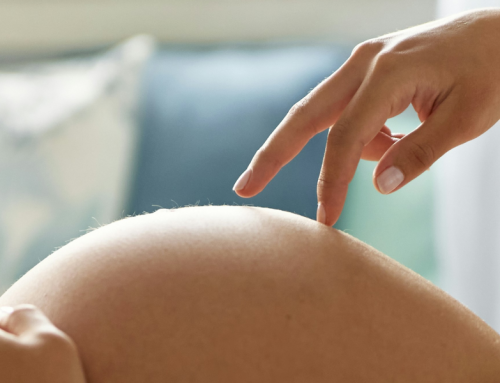Ovarian stimulation consists of administering hormone medication to a woman, to obtain more than one egg per cycle
After deciding on the assisted reproductive technology to be used with the patient and conducting all the necessary tests, ovarian stimulation will be initiated. The purpose of this treatment is to induce the woman’s menstrual cycle in order to increase ovarian activity and obtain the eggs needed for subsequent fertilisation. The ovarian stimulation is adapted to each particular case, depending on the treatment indicated, either in vitro fertilisation or artificial insemination.
Inducing the woman’s natural cycle
A woman’s menstrual cycle usually lasts for between 25 and 35 days and is divided into two phases. In the first phase several follicles – the structures which house the egg until it reaches maturity – develop in the ovary. Once mature, the egg is detached, and ovulation commences.
In a normal natural cycle, only one of the developed follicles will eventually develop to the final stage, producing a single egg. The other follicles will not grow or become mature. Meanwhile the lining of the uterus grows and prepares for potential fertilisation. In the event of this not occurring, the lining becomes detached, giving rise to menstruation.
Ovarian stimulation treatment performed in assisted reproduction is added to this same process, but causing both ovaries to function at once to obtain more eggs.
In the case of in vitro fertilisation, the aim is to obtain several eggs in order to fertilise them and obtain more than one embryo in our laboratory. On the contrary, in artificial insemination the idea is to obtain approximately two eggs to increase the chances of pregnancy while reducing the possibility of a multiple pregnancy.
A simple process that causes only slight discomfort
Ovarian stimulation consists of the daily administration of hormone-based medication applied to the abdomen through a small subcutaneous injection. It is so simple that the patient can administer it herself at home. In the case of doubt, the Eugin team will help you.
Medical controls
Before starting treatment the doctor will perform several tests, including a hormone study and a transvaginal ultrasound scan to determine your ovarian reserve, i.e. your potential and capacity to produce eggs. During the two days of the ovarian stimulation treatment you will be monitored at home by a doctor, including blood and urine tests and an ultrasound scan to control the number of follicles and their size and ensure the response and evolution of your ovaries at all times. You can also arrange for Eugin to conduct these tests if you wish.
If your ovaries have responded well to treatment, in just two weeks you will be given a medicine to discharge the ovaries, i.e., programmed ovulation. Then you should return to the clinic for insemination or to have the eggs removed in the case of in vitro fertilisation.





